From the scene of leaving the village to run away from the flood on the cliff
Quang Binh is the narrowest land in the country, and has suffered many floods in recent years, and Tan Hoa has always been the flood center of Quang Binh. Tan Hoa is surrounded by millions of years old vertical cliffs. Every time the floodwaters from the upstream flow down, Tan Hoa becomes like a giant lake containing water. Every rainy season, Tan Hoa people carry and help each other to leave the village to run up the cliffs to avoid the flood, leaving their property to the flood.
Sitting by the crackling fire on a cold winter day, villagers in Tan Hoa still tremble as they recall the great floods of 2010, 2017 and most recently 2020. Previously, when the floodwaters came, hundreds of houses were flooded, leaving only bare roofs. 621 households with 3,076 people had to run up the rocky mountains to eat holes and live in caves for a whole week to avoid the flood.
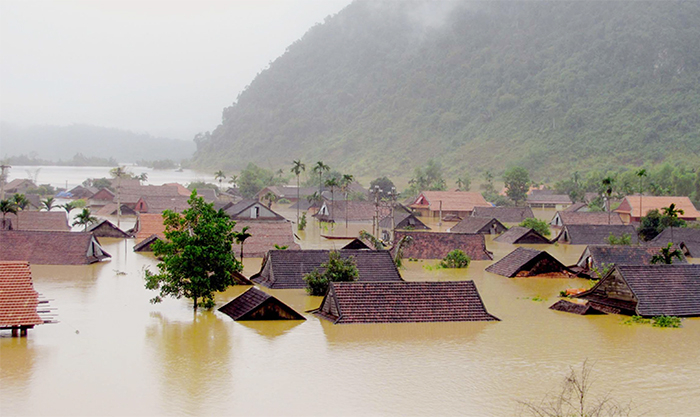
Tan Hoa and the "great flood" in 2010, hundreds of people's houses were submerged in the flood.
The flood receded, many Tan Hoa people returned to their villages with tears in their eyes when all their life's savings were swept away by the flood. Houses, buffaloes, pigs, chickens and working tools... were gone, leaving many people in Tan Hoa not knowing where to start again. With a spirit of mutual love and support, in many places the flood had not yet receded, but convoys of trucks carrying rice, instant noodles, drinking water, clothes donated by compatriots... from the North to the South were rushing to the flooded areas. After months of living with people in the flooded areas, we saw how sacred the two words "compatriots" were. In just 15 days, reporters from CAND Newspaper and ANTG Special Issue in the Central region transported dozens of relief groups of the Newspaper to people in the flooded areas. More than 13 billion VND, thousands of boxes of instant noodles, clothes, books that CAND Newspaper and ANTG Special Issue called on benefactors to donate have partly warmed the people in the Central region, including Tan Hoa, after the flood.
Tan Hoa residents said that whenever they heard heavy rain for several days in a row, they would run away to the cliffs and mountains. Few dared to stay in the village when the floodwaters surrounded them on all sides and the floods were higher each year. In this flood-prone area, many children were born during the flood season, lacking everything but growing up strong. When the floodwaters rose almost to the roof, it was also the time when Ms. Truong Thi Hue in Yen Tho village 3 went into labor. Ms. Hue and her child had to take refuge on the second floor of the commune health station for dozens of days, relying on villagers and neighbors for vegetables and porridge to survive while waiting for the flood to recede.
On the country road, we visited the houses of Truong Thi Ly, Truong Thi Hue, Nguyen Thi Tuyet... Looking at the women in Tan Hoa holding their cute little babies, their eyes shining with indescribable joy, we understood that spring had truly come here. Leading us into the house, Mr. Truong Van Minh, Co Liem village, Tan Hoa commune, smiled happily: during the great flood, his house was swept away, leaving only the foundation. After the flood, he received 30 million VND from the government and with the help of benefactors, Mr. Minh and his wife were able to rebuild a spacious house.
Immediately after the great flood in 2010, the local government and people in Tan Hoa sought ways to adapt to the floods. And the solution of making floating houses was born. Since the floating houses were built, not only have the lives of people in the flood-affected areas been safe, but many of their valuable assets have also been preserved and not "robbed" by the rain and floods. During the recent great flood, thanks to the floating houses, also known as raft houses, the people of Tan Hoa have withstood the rain and floods for dozens of days without any damage. The floating houses in Tan Hoa look no different from normal wooden houses from the outside, complete with wooden frames, walls, roofs, main and side doors. Thanks to the floating houses, people in the flood-prone areas of Tan Hoa have stopped having to take shelter on rocky outcrops, eating instant noodles while waiting for the flood to recede.
To the best tourist village in the world
From floating houses in the middle of the vast sea of water, people still live and work in the midst of harsh nature. Chau A Nguyen - a native of Quang Binh - came up with the idea of doing tourism associated with weather adaptation. Unique and strange things are always sought after by tourists from many countries and Tan Hoa has been transformed from a flood-center village to a tourist village.
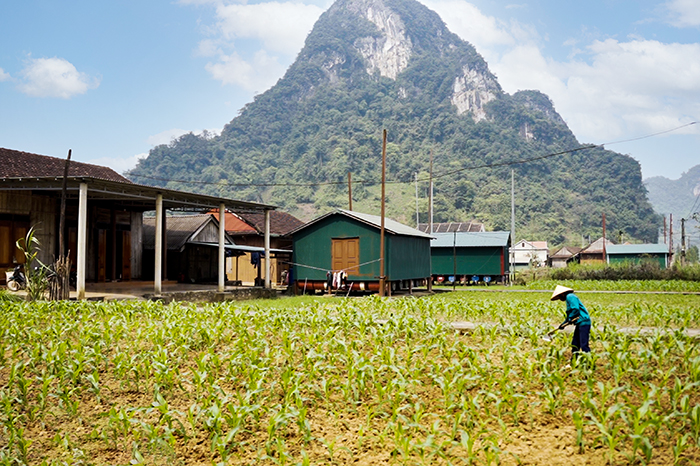
Tan Hoa with floating houses has helped people adapt to the weather.
In 2014, the Tu Lan cave exploration tour in Tan Hoa was officially put into operation. Since then, more than 100 Tan Hoa residents have participated in tourism activities and have had a good income from this new job. Up to now, each year, the tours to explore the Tu Lan cave system welcome nearly 10,000 visitors. Tan Hoa residents have gradually become accustomed to tourism activities, which not only bring economic benefits to the people but also change their mindset of economic development in coexistence with nature.
Next, Tan Hoa was chosen by Hollywood filmmakers as the location to film the blockbuster Kong: Skull Island. The wild, charming nature and friendly people here were gradually promoted to the world. Many tourists came and the Tan Hoa people turned their floating houses into homestay accommodation services to attract tourists.
According to Chau A Nguyen, thanks to tourism, the model of floating houses to avoid floods was born and became a unique accommodation model. This is a way to ensure the safety of people and serve different tourism experiences for tourists. Tan Hoa people have turned disadvantages into sustainable livelihoods on the path of conquering nature, connecting with nature, with the rustic and peaceful countryside. The beauty of the countryside in Tan Hoa is preserved intact and is being enjoyed by many domestic and international tourists when they come. Floating houses in Tan Hoa have now become fully equipped rooms for tourists. Even on days when the flood waters rise, tourists are completely assured with their safe rooms. Many visitors also enjoy rowing boats to visit the lives of people in the flood. From the idea of a "tourist village", Tan Hoa has now become a "weather-adaptive tourism village".
In 2023, Tan Hoa was recognized internationally when it was awarded the Best Tourism Villages Award (BTV). This award is a global initiative of the World Tourism Organization (UNWTO) to highlight villages where tourism preserves and promotes rural and community-based values, products and lifestyles, while promoting innovation and sustainability. The initiative also recognizes the contribution of villages to the Sustainable Development Goals (SDGs) through tourism.
Accordingly, UNWTO has recognized the rich and outstanding cultural and natural resources of Tan Hoa village and the village's commitments and actions in complying with the main pillars of sustainable tourism development.
Mr. Ho An Phong - Vice Chairman of Quang Binh Provincial People's Committee affirmed that Tan Hoa's efforts have achieved initial remarkable results. This place has created a new type of tourism - weather-adaptive tourism. And so, in its journey, if there is a place in the harshness of the Central region's sun and wind that has to close for tourism, then Tan Hoa, a place where nature and community blend, where there is a heart, a rare and different sharing, is still open to welcome visitors, that is a new way that needs to be replicated and shared to contribute to the development of our country's tourism industry.
Source


![[Photo] Close-up of Vietnam's sniffer dog team searching for earthquake victims in Myanmar](https://vstatic.vietnam.vn/vietnam/resource/IMAGE/2025/4/1/d4949a0510ba40af93a15359b5450df2)


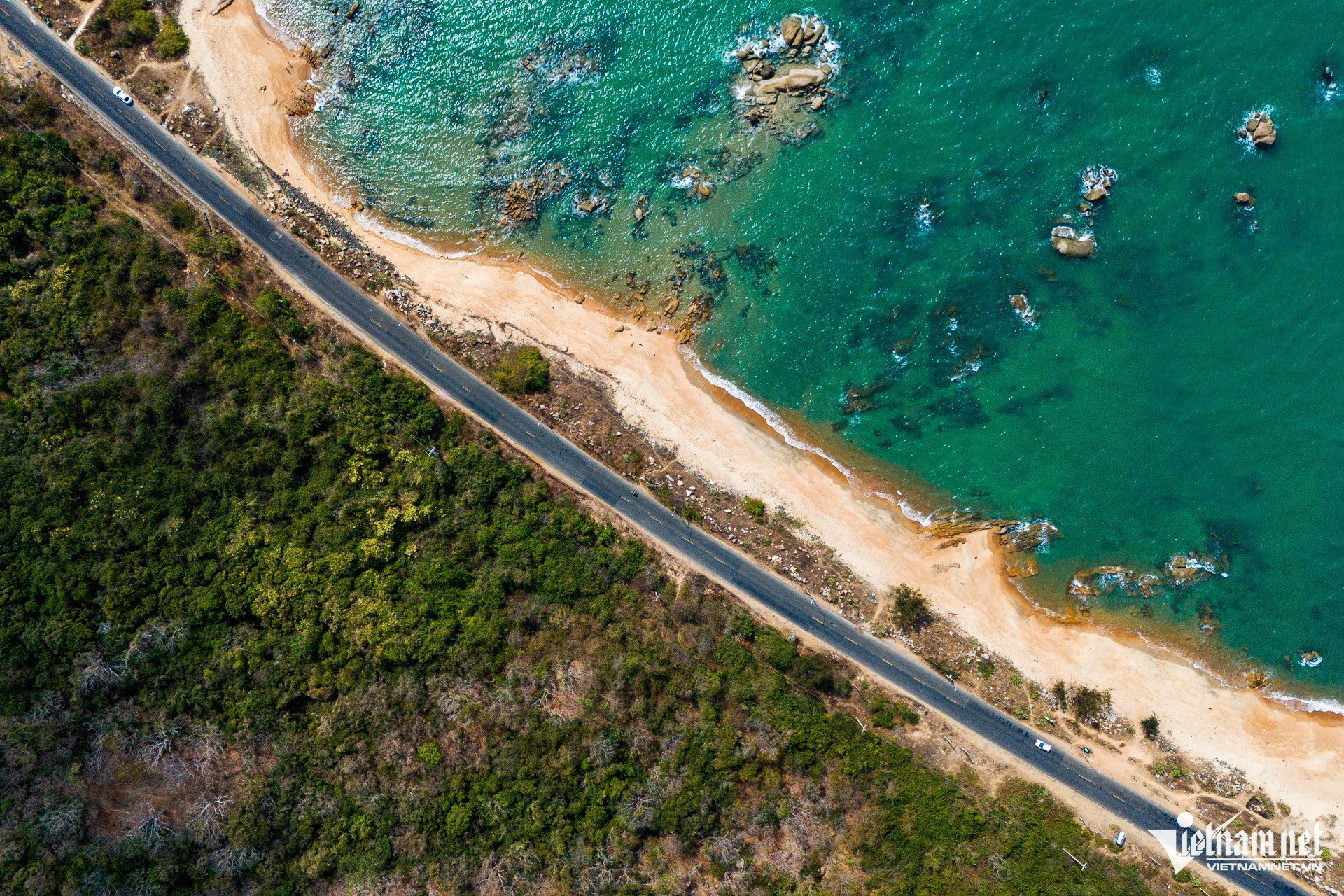
![[Photo] Relatives of victims of the earthquake in Myanmar were moved and grateful to the rescue team of the Vietnamese Ministry of National Defense.](https://vstatic.vietnam.vn/vietnam/resource/IMAGE/2025/4/2/aa6a37e9b59543dfb0ddc7f44162a7a7)
![[Photo] Third meeting of the Organizing Subcommittee serving the 14th National Party Congress](https://vstatic.vietnam.vn/vietnam/resource/IMAGE/2025/4/2/3f342a185e714df58aad8c0fc08e4af2)
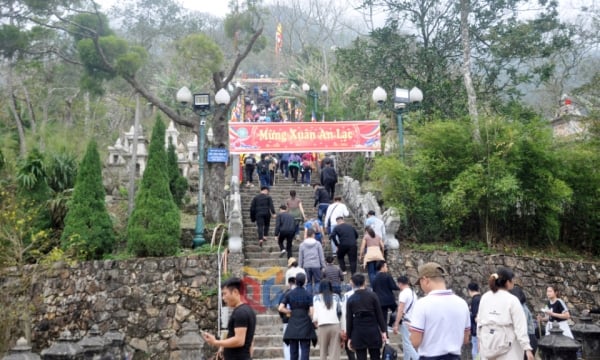
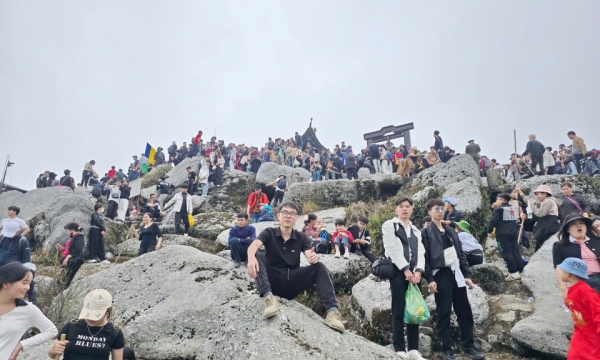
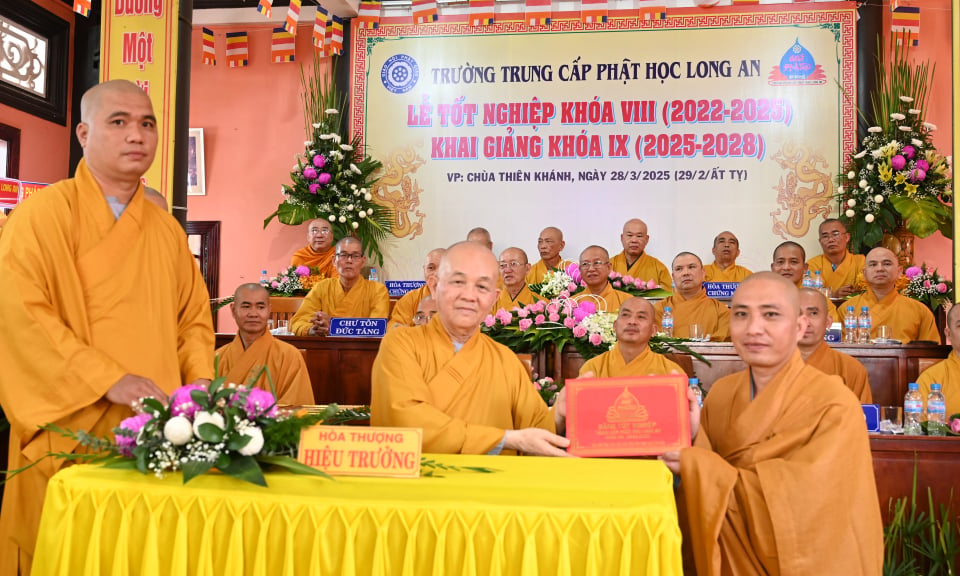
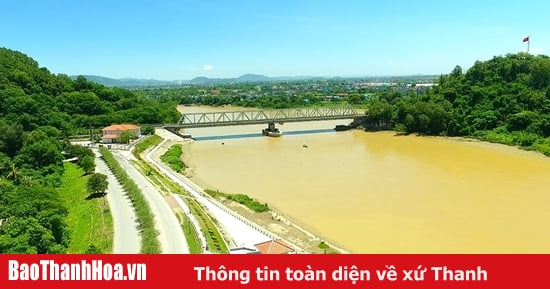
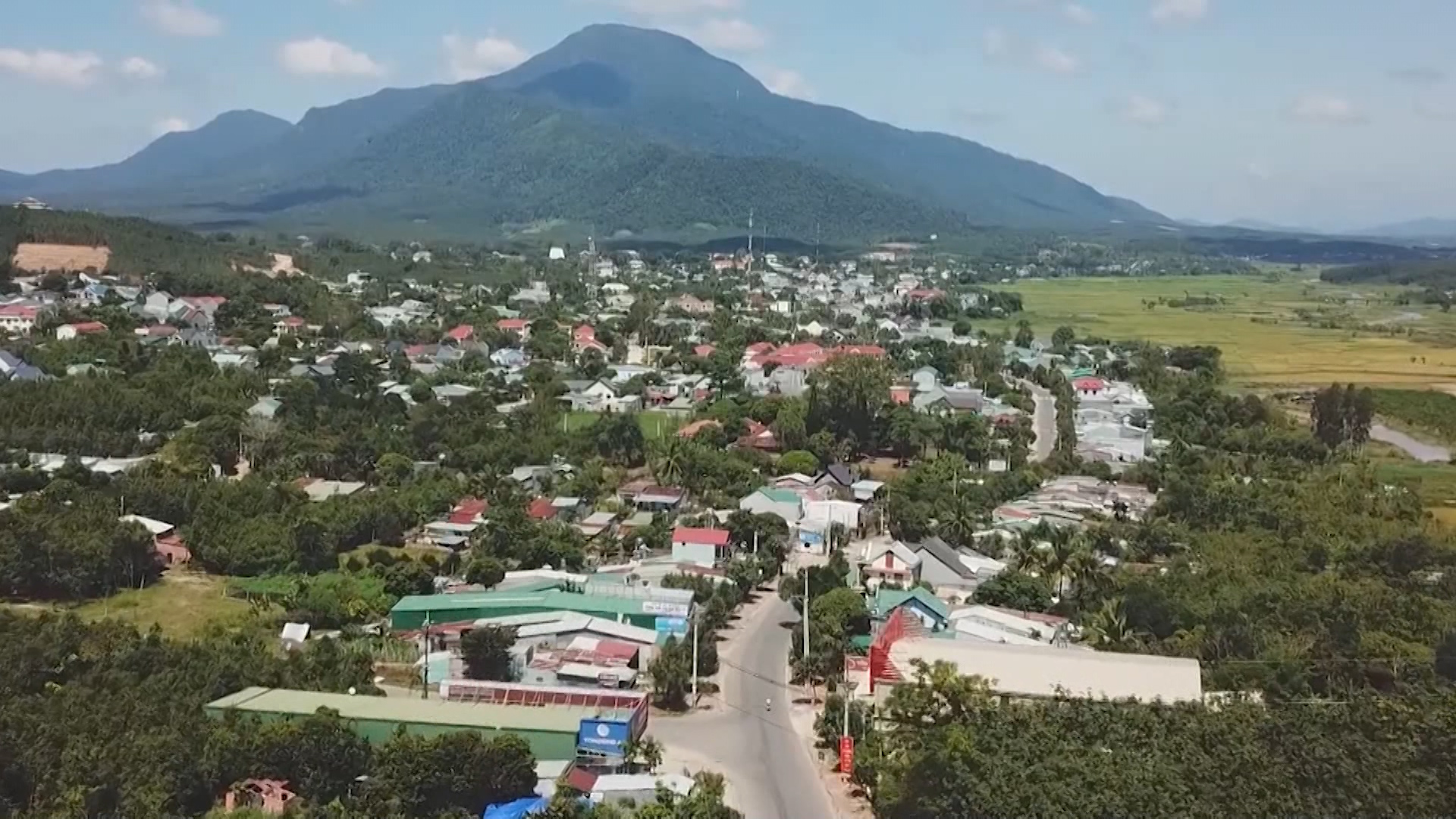
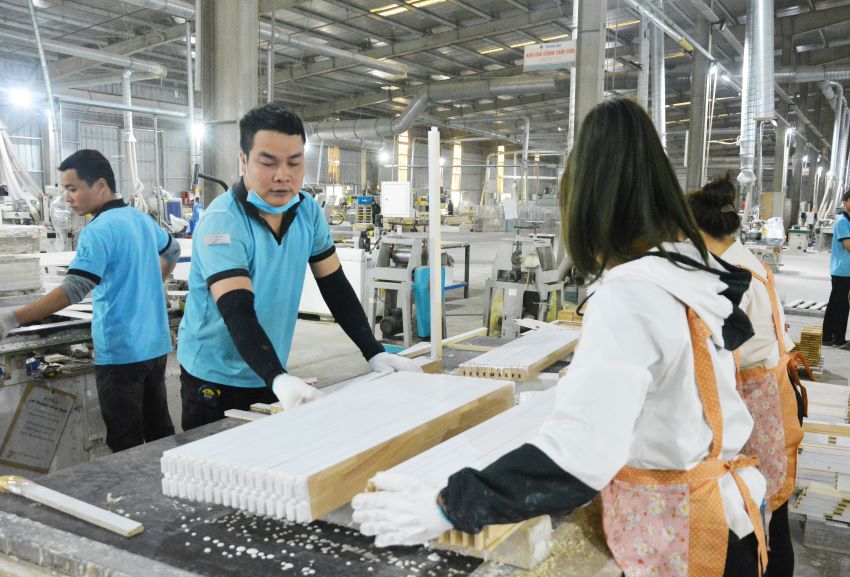
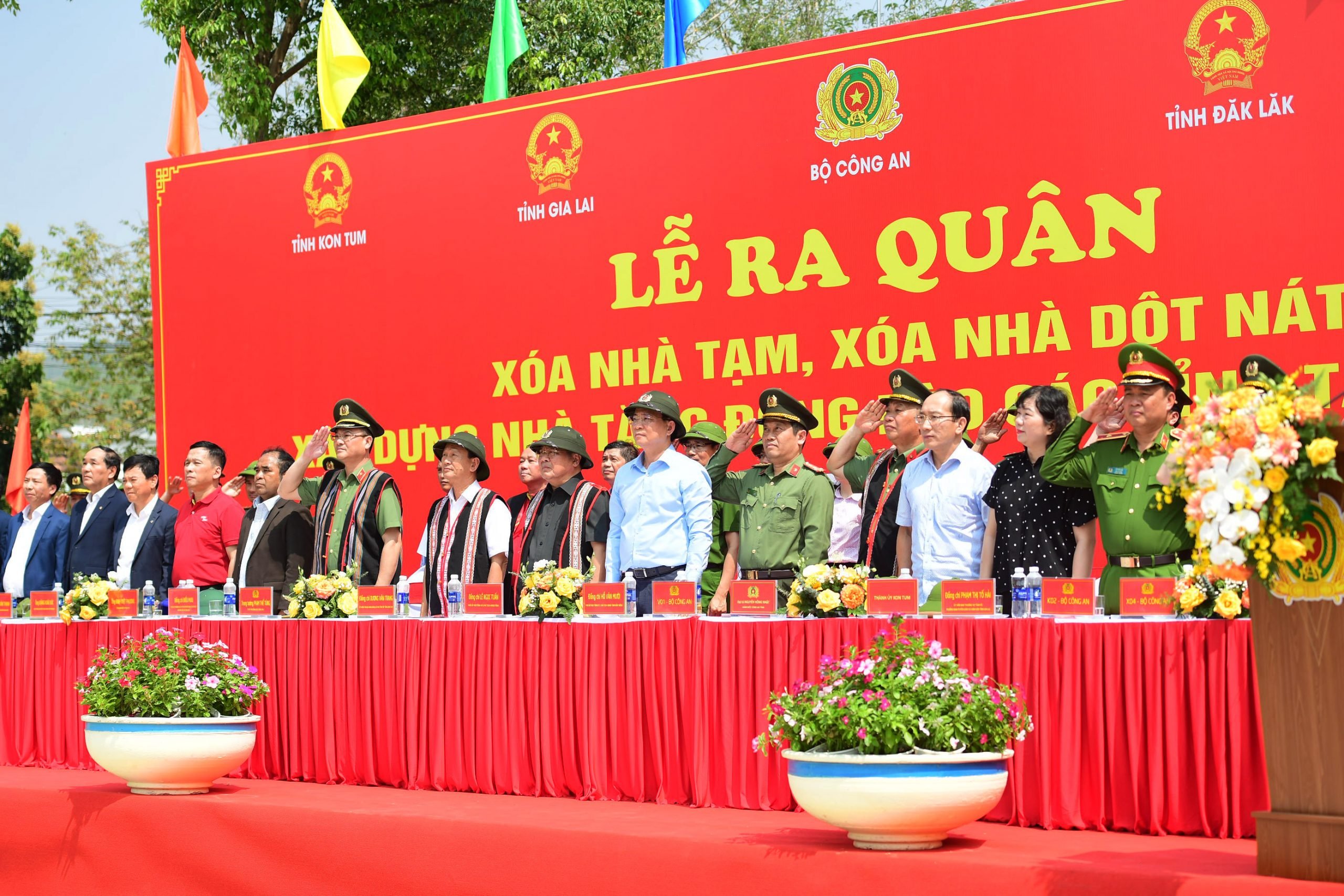
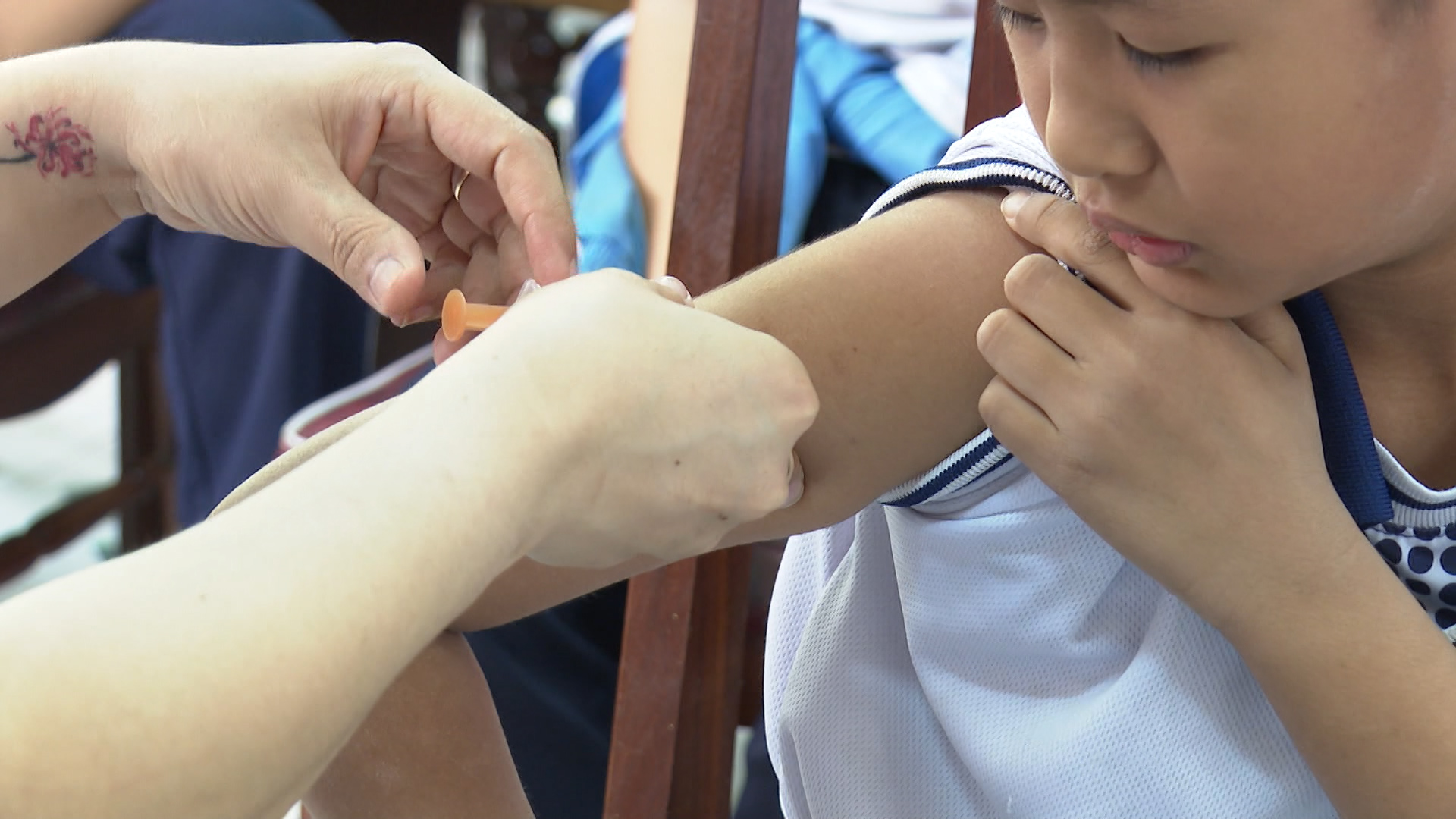




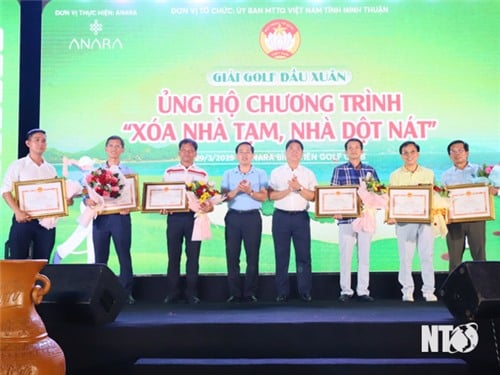
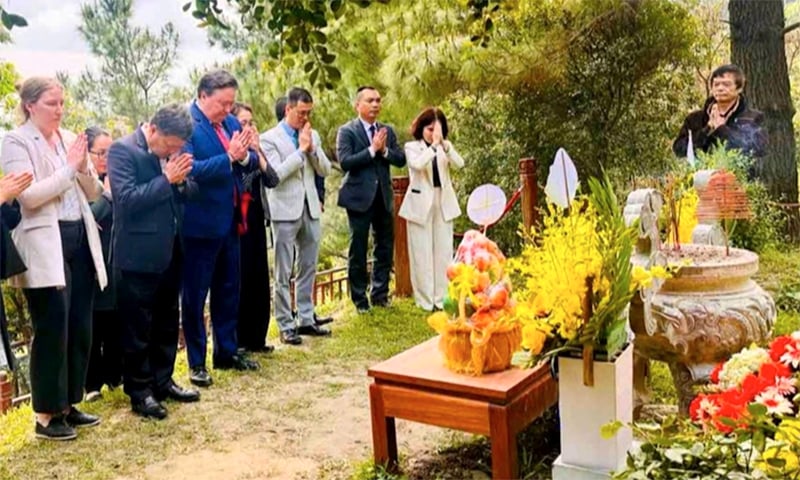
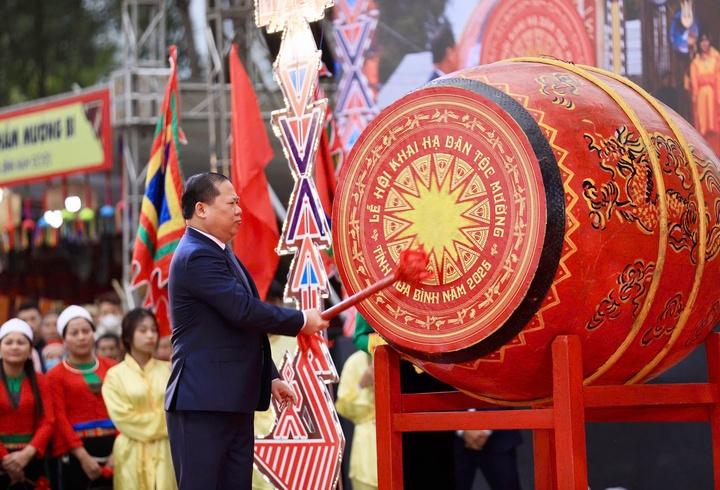

































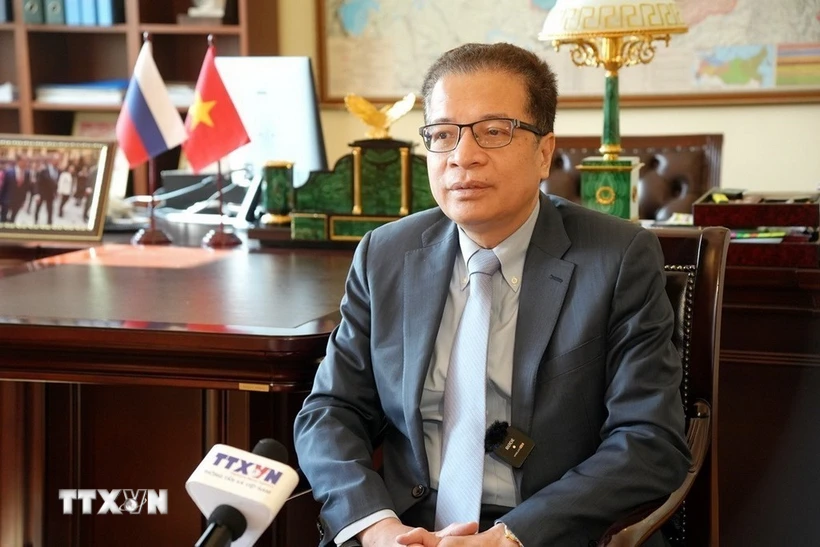


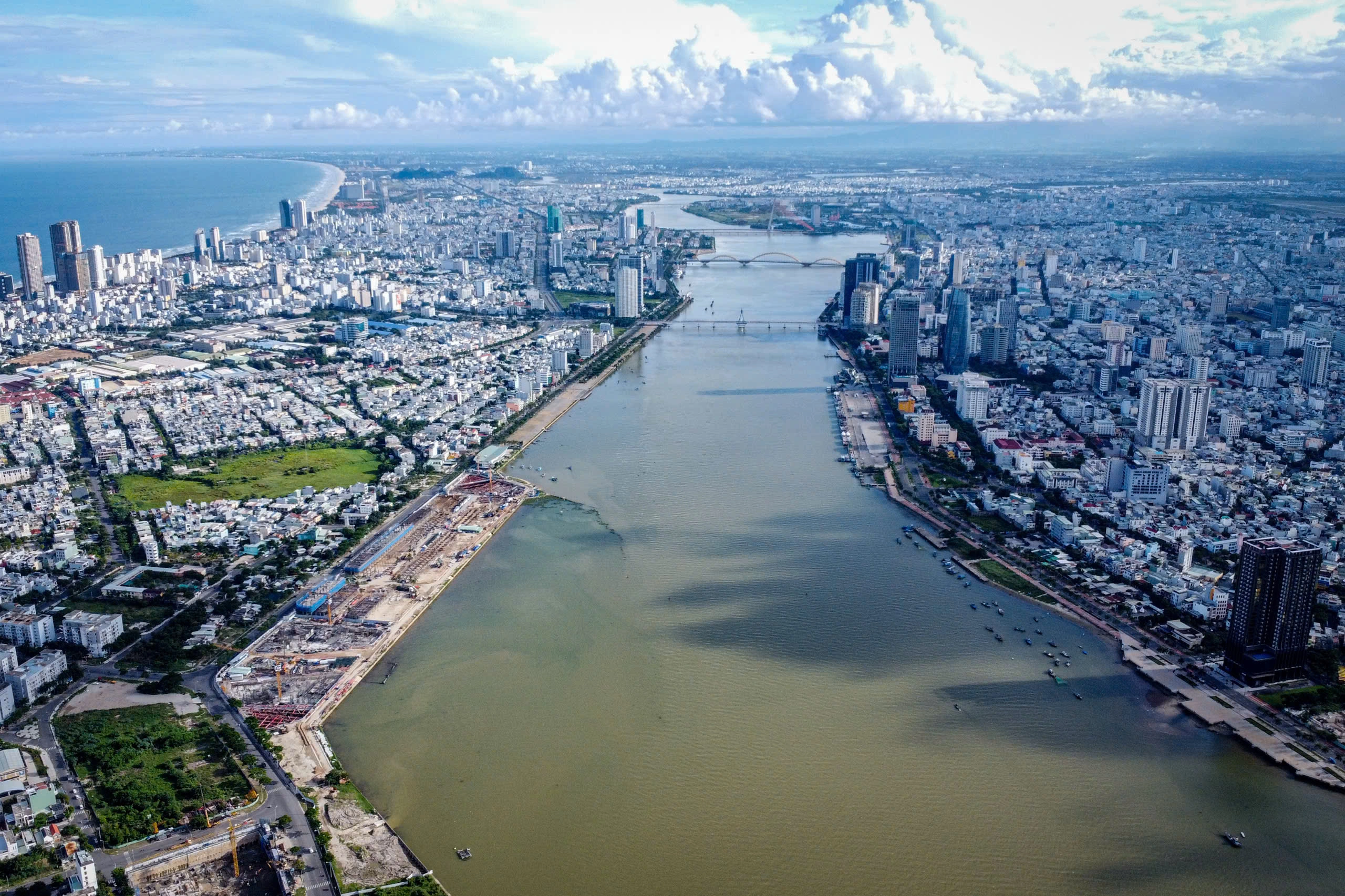











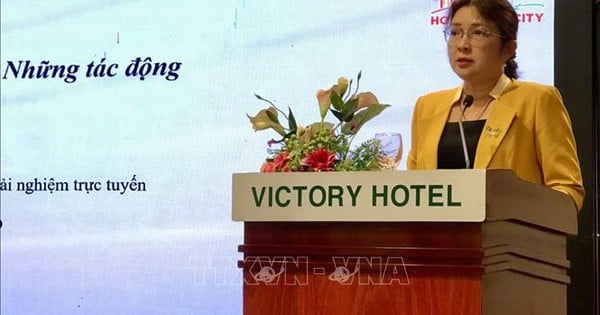


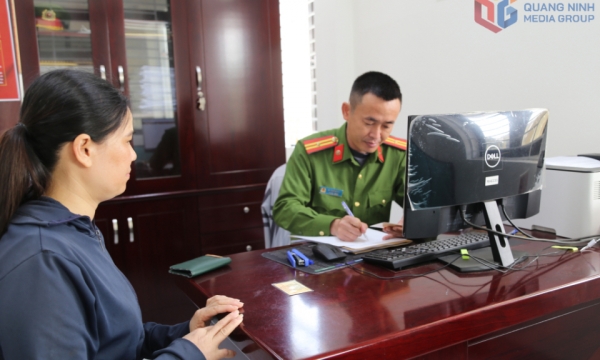













Comment (0)